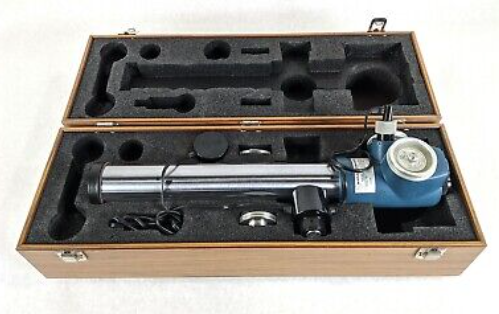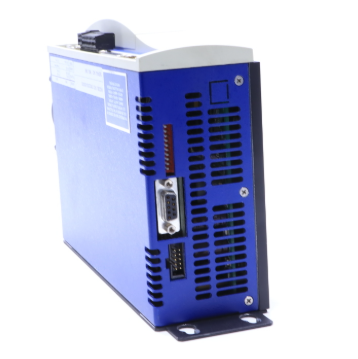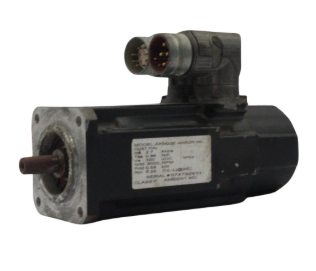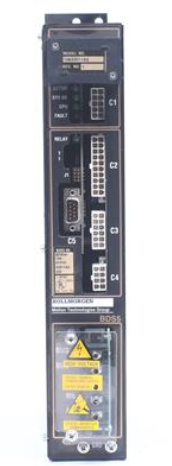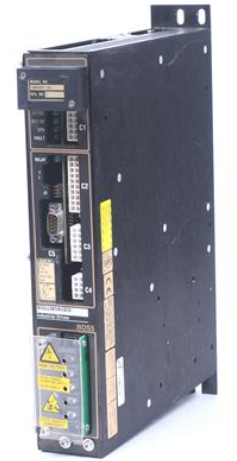Analysis of the development trend of smart ships - Maritime patrol boats
(6) distress early warning and rescue technology
Water traffic accidents often occur, especially collisions and stranding accidents, which often cause serious economic losses and casualties. Whether at sea or inland waters, ship collision is the most common type of water traffic accidents, accounting for a large proportion of all water traffic accidents. Ship distress warning and search and rescue technology can effectively reduce the incidence of accidents and reduce the loss of accidents.

(7) Autonomous navigation technology
As defined in the Code for Intelligent Ships, intelligent navigation refers to the use of computer technology and control technology to analyze and process the perceived and obtained information, and to design and optimize the ship's route and speed. When feasible, with the help of shore-based support centers, ships can automatically avoid collisions in open waters, narrow waterways, and complex environmental conditions to achieve autonomous navigation
5. Achievements and difficulties of current technological development
Although GPS, AIS, electronic chart, VHF and other radio equipment and navigation equipment are widely used in modern ships, at the same time, based on various automation equipment integrated bridge system, integrated control system and engine room monitoring and alarm system and other automation systems have been widely used, and the technology is mature, but, There are still many gaps between the above requirements for intelligent ships. Whether it is still technically difficult ship-shore large-capacity communication technology, big data analysis technology, intelligent decision-making technology, or the integration and transformation of existing data, or the relevant standards that must be planned and sorted out for long-term consideration, it is a difficult task in front of shipbuilders.
It is suggested to combine the planning of E-navigation and E-inland river, accelerate the research of key technologies based on the existing technology and infrastructure, and expand the intelligent function of the existing equipment.
6. Advanced international achievements at present
In 2012, the "MUNIN" project (Ocean Unmanned Navigation based on intelligent network) [28], jointly conducted by eight research institutions including Fraunhofer CML in Germany, MARINTEK in Norway and Chalmers University of Technology in Sweden, was the first to carry out research on large unmanned ships with unmanned bulk carriers as the object.
DNV conducts continuous research in the areas of hull structure monitoring, ship performance management, hull integration management, etc., builds digital hull models and develops corresponding tools. It can provide system monitoring and reporting, high-quality and comprehensive visual information, full life cycle information, clear communication through 3D structural models and other technical services for shipping companies around the world.
As one of the world's largest suppliers of Ship equipment, Britain's Rolls-Royce company has proposed Autonomous Ship, Robotic Ship, Unmanned Ship in recent years. Concepts such as ShipIntelligence. In 2013, Rolls-Royce launched research into a robotic cargo ship that could operate entirely from a holographic control room and sail anywhere in the world. Rolls-Royce believes that the next step in the development of smart ships should be to focus on remote control and autonomous driving. The company began developing a shore-based remote control system called the Future Operator Experience Concept in 2014. In March 2016, the company formed a partnership with Finland's National Technical Research Center (VTT), Aalto University and the University of Tampere's Human-Machine Interaction Research Center to launch a molding product by 2020. Through its technical collaboration with VTT, Rolls-Royce is able to effectively evaluate the design of remotely piloted automated vessels.

7. Summary
In general, some technology theories related to smart ships are relatively mature (environmental perception technology, communication navigation technology, condition monitoring and fault diagnosis technology, etc.) and have been applied in practice, but some technical theories lack verification in real environments (energy efficiency control technology, route planning technology, safety early warning technology, autonomous navigation technology, etc.). Smart ships are still in the stage of rapid development and are not yet fully mature. With the development of ship technology, information technology, and the intelligent application of "big data", the acceleration of intelligent ships is being promoted. The development of ship intelligence will be an important factor to determine the development direction of the future ship industry. In addition to key technologies such as information perception, communication and navigation, and energy efficiency management, automatic parking, offshore, automatic maintenance, automatic cleaning, automatic replacement of equipment parts, and self-protection will also tend to be intelligent development; With the continuous development of ship intelligence related technologies, it can eventually realize the gradual transformation from intelligent system equipment to intelligent ships that can think, and promote safe and efficient navigation of ships. And bring new development opportunities for China's shipping.
- EMERSON
- Honeywell
- CTI
- Rolls-Royce
- General Electric
- Woodward
- Yaskawa
- xYCOM
- Motorola
- Siemens
- Rockwell
- ABB
- B&R
- HIMA
- Construction site
- electricity
- Automobile market
- PLC
- DCS
- Motor drivers
- VSD
- Implications
- cement
- CO2
- CEM
- methane
- Artificial intelligence
- Titanic
- Solar energy
- Hydrogen fuel cell
- Hydrogen and fuel cells
- Hydrogen and oxygen fuel cells
- tyre
- Chemical fiber
- dynamo
- corpuscle
- Pulp and paper
- printing
- fossil
- FANUC
- Food and beverage
- Life science
- Sewage treatment
- Personal care
- electricity
- boats
- infrastructure
- Automobile industry
- metallurgy
- Nuclear power generation
- Geothermal power generation
- Water and wastewater
- Infrastructure construction
- Mine hazard
- steel
- papermaking
- Natural gas industry
- Infrastructure construction
- Power and energy
- Rubber and plastic
- Renewable energy
- pharmacy
- mining
- Plastic industry
- Schneider
- Kongsberg
- NI
- Wind energy
- International petroleum
- International new energy network
- gas
- WATLOW
- ProSoft
- SEW
- wind
- ADVANCED
- Reliance
- YOKOGAWA
- TRICONEX
- FOXBORO
- METSO
- MAN
- Advantest
- ADVANCED
- ALSTOM
- Control Wave
- AB
- AMAT
- STUDER
- KONGSBERG
- MOTOROLA
- DANAHER MOTION
- Bently
- Galil
- EATON
- MOLEX
- Triconex
- DEIF
- B&W
- ZYGO
- Aerotech
- DANFOSS
- KOLLMORGEN
- Beijer
- Endress+Hauser
- MOOG
- KB
- Moxa
- Rexroth


Email:wang@kongjiangauto.com








































































































